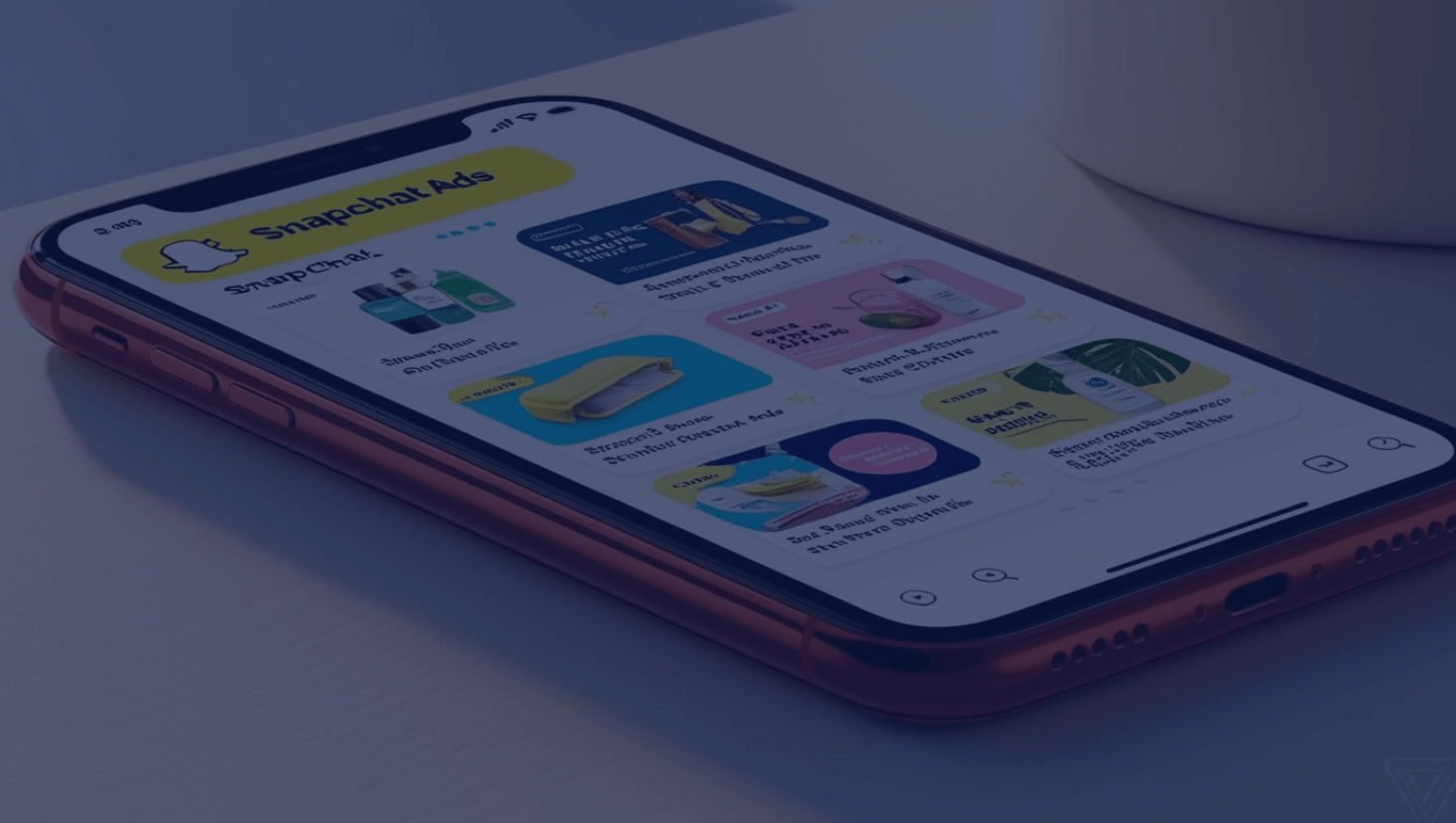Best Practices of Social Media Engagement
Many companies are replacing traditional methods of direct marketing with social media. The companies with successful social media campaigns thus far have focused on designing the channels, monitoring the conversation, developing content, and measuring ROI. However, engagement with the audience is one of the most overlooked components of a social media strategy.
One key benefit of social media is the two-way conversation brands can have with their audiences. They mistake their “content strategy” as an “engagement strategy.” But developing content without an engagement strategy is like talking to your audience and completely ignoring what they say back to you.
What is an engagement strategy?
Simply stated an engagement strategy is all about communication and interaction. While a content strategy is based on what you’re going to say, an engagement strategy is based on how you’re going to say it, and how you respond to what your fans say. You company will need to develop a plan for actually interacting with your audience, not just throwing content at them and hoping they catch. This is the most challenging part of developing a social media campaign, and as such many companies of shied away from developing a concrete engagement strategy. Through this article, I will outline the following engagement fundamentals that you can in turn use do develop your own strategy:
- Tone
- Level of engagement
- Voice
- Posting frequency
- What to post
- Dealing with negativity
Every company will approach social media engagement differently based on the nature of the company. But there are some best practices that could be applied to the social media landscape, and then customized to your company’s goals.
Tone
Most people will come back to your fan page if they feel a sense of community, so it’s important to be open, friendly, inviting, and personable.
Have a conversational tone: Social media is casual by nature. Sites like Facebook and Twitter were developed so that people could connect with their friends. Although companies should maintain a professional presence online, it’s important to exude a personal, conversational tone on these sites.
Be open and friendly: Be fun, friendly, and enthusiastic about your product or service without being overly promotional or corporate-sounding.
Be unique: Avoid imitating the tone of your fans. Although you want to cater to your target audience, you do not need to force your tone to sound like your community. Be unique, so that your fans are interested enough to follow your presence online.
Level of Engagement
Encourage fan participation: The role of your company’s updates should be to encourage fan participation. Avoid posting only about what you want to promote, and take an interest in your audience’s opinion. Ask questions at the end of your status updates, or ask fans to upload their own content.
Maintain a dialogue: Don’t let your status updates be a monologue of self-promotion. Spark conversation by posing questions to the community and posting content that will encourage participation.
Share fan content: Share content that your fans have posted to your social channels by re-Sharing on Facebook or re-tweeting on Twitter; they’ll feel even more connected to your brand.
Voice
As a company, there are several options for what the voice of the brand should be. Remember, on Facebook all updates will be prefaced by the name of the fan page (in the examples below, “The Candy Company”):
- First person singular – This POV provides fans a connection with an individual at the company. Example: “The Candy Company I love the new Tropical Sunshine lollipops.”
- First person plural – This POV allows for a personal connection, while still hearing from the brand instead of just one individual controlling the social channels. Example: “The Candy Company We love the new Tropical Sunshine lollipops.”
- Third person – This POV allows a feeling of direct communication with the brand itself. This is the more conservative, traditional approach for brands on Facebook. Example: “The Candy Company loves the new Tropical Sunshine lollipops.”
It’s generally a best practice to choose between first person plural (we love) and the third person (The Candy Company loves). Avoid the first person singular (I love) approach. Fans want to think that they are interacting with the brand, not just a single employee or representative. Also, the individual behind these updates would be vulnerable to liability or even personal attacks. The top brand pages on product do not use the first person singular approach.
Posting Frequency
There is a correlation between the frequency of posts and the number of fans or followers a brand has. There’s a fine balance though; you don’t want to overwhelm your fans. According to a recent study by Sysomos, 77% of Facebook fan pages have fewer than 1,000 fans, and fan pages tend to be updated only once every 16 days.
It’s a good practice to update your fan page at least once every day, at least Monday through Friday. This should yield comments and engagement with your brand each day, which will in turn lead to friends of your fans also discovering your page and becoming fans.
What to Post
Many brands on the social channels are purely self-promotional, only updating their social sites with updates on their own products, deals, discounts, or news. While it’s important to stay relevant to your brand, mix it up with different types of content. There are several different ways to post content on Facebook, including:
- Status updates
- Shared links
- Photo updates
- Video updates
- Event updates
Here are some ideas for what you can post besides self-promotional updates, which can all be tweaked to fit the character limits on the various social channels:
- Industry and related-industry news
- Blog posts written by fans about your industry
- Questions to fans asking for their opinions or favorites. This can be a standalone update, or you can pose questions to fans at the end of any other status update.
- Interesting or funny photos relating to your brand or industry
- YouTube videos relating to your brand or industry
- Happy holiday/weekend/first day of spring/etc. updates
- Encourage fans to upload content as photos or videos
- Share or retweet fans’ content
Sharing or retweeting fan’s content is a great strategy to make your page feel like a real community. The Coca-Cola Facebook fan page is an excellent example of this. They often share photos their fans post to their walls using the Share button.
Dealing with Negativity
Although most people seeking out brands in social media are fans of the brand and are coming to show support, there will be individuals who come to complain. Comcast is a great example of a company who uses their social media presence primarily for customer support. But if this isn’t your company’s goal, how should you deal with the negative feedback?
Multiple Complaints: If many people are coming to your page to comment or complain about the same issue, it’s probably a larger issue that your company does need to address. A good strategy would be to post a video or comment from management with an explanation or solution. Be candid and open to feedback. This will show that your company really does value the opinions of its customers, and will make fans feel like valued members of your brand’s community.
Individual Solution-Seekers: If individuals are coming to your page to give feedback about issues that are unique to them, it could be difficult to reply to each and every one of them. If you can, that’s great. But if not, have a spreadsheet of appropriate responses ready for general situations. These messages should direct the fans to a customer service site, email address, or phone number, be apologetic, and always friendly. Try to mix up the responses in your spreadsheet so that it doesn’t sound like you’re literally copy/pasting you’re responses to each individual.
Complainers: There are some individuals who may come to your page just to complain, who aren’t seeking much of a solution but just want to get something off their chest. Your approach will vary by company and legal department. But a good rule of thumb is not to delete a comment unless the fan is exhibiting troll-like behavior (see the next section). Fans will notice when they are being unnecessarily censored, and this will make them angrier at the brand. It’s best to just ignore the comment, and leave it to the other fans to respond. Loyalists to your brand will likely jump in to offer advice.
Trolls: Internet trolls are individuals whose comments include inappropriate all-caps rants, profanity, and repetitive bashing of the brand. You’ll be able to tell when someone is being a troll on your page. In this case, it is best to delete their comments and block them from the page. On certain sites like Twitter, you cannot block someone from @replying to you, so just flag their accounts and then ignore them.
Solicitors: Delete comments that are promoting anything unrelated to your brand. This could include unrelated events, links to products on ebay or craigslist, invitations to join a 3rd party application game, spam links, and more.
Fan to fan interaction: If fans on your page are having a debate, there’s no reason to get involved unless you feel that someone is arguing over a blatantly inaccurate fact. Then it’s fine to jump in and clarify, then remove the brand from the discussion. Otherwise, it’s best to stay out of it. If fans start posting derogatory messages, you can delete the offensive messages and block fans when necessary.
Social Media Gives Your Brand Visibility
Compelling and active social channels should be an integral part of your online marketing campaign. These channels provide an exceptional opportunity for brand visibility, but you need to make sure that your fans will have content to comment on and engage with. The more comments you have, the more viral your campaign will become!
In the end, an engagement strategy will make your social media campaign a much more compelling and high-impact aspect of your overall marketing efforts and truly enable you to harness all that it has to offer. When you think about it, social media is all about socializing, and an engagement strategy will ensure that how you socialize with your fan base is not only strategically sound, but effective. Not only will this help you to leverage social media to build stronger customer relations, it will enable your organization to guide and actively participate in the growth of what is only going to be a more important marketing channel for years to come.





